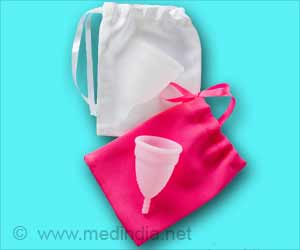Strenuous exercise in adolescence may prevent height loss later in life. Height loss in postmenopausal women is associated with several factors which may increase the risk of death

‘Strenuous exercise at least three times a week in adolescence may prevent height loss later in life. Height loss in postmenopausal women is associated with various factors such as older age, heavier weight and use of corticosteroids which may increase the risk of death and disease.’





One factor goes back to what study participants may -- or may not -- had done when they were just teenagers. "Having done strenuous exercise regularly, at least three times a week, in their teens was protective for later life height loss in our study," said SUNY Distinguished Professor Jean Wactawski-Wende, the study's senior author and dean of the University at Buffalo School of Public Health and Health Professions.The study was published in the journal Menopause. Xiaodan Mai, research assistant professor of epidemiology and environmental health in UB's School of Public Health and Health Professions, is the paper's first author.
Three other factors were associated with a height loss of 1 inch or more: older age, heavier weight and use of corticosteroids, the latter of which is known to reduce bone density.
The finding of exercise in adolescence yields an important message, researchers say. "Although this study was done on postmenopausal women, there is a key message for younger women: strenuous exercise in teenage years has lasting effects on your bones later in life," says Wactawski-Wende, Ph.D.
That's likely because physical activity helps to build bone. Strenuous workouts -- any activity long enough to work up a sweat and increase heart rate -- would likely also result in helping increase peak bone mass in the study participants when they were young women, said Wactawski-Wende.
Advertisement
The study examined 1,024 women enrolled in the Buffalo Osteoporosis and Periodontal Disease Study. OsteoPerio is an ancillary study of the landmark Women's Health Initiative, a national prospective study investigating major causes of death and disease in postmenopausal women.
Advertisement
Wactawski-Wende and her colleagues focused specifically on postmenopausal women who lost 1 inch or more at the five-year follow up based on the findings from two previous studies that connected mortality to height loss.
The average height loss among the more than 1,000 women studied was fourth-tenths of an inch during an average five-year follow up. The 70 women who experienced height loss of more than an inch were older in age, weighed more at baseline and had a higher intake of corticosteroids.
This set of variables may be useful in predicting the five-year risk of marked height loss in postmenopausal women, according to the researchers.
"The factors identified in this study are easy to obtain and could be used by clinicians to identify women at most risk of height loss," Wactawski-Wende said. "In women who have these risk factors, clinicians might consider other measures known to prevent height loss."
In general, though, Wactawski-Wende adds that postmenopausal women should have their height checked regularly to monitor for height loss.
Source-Eurekalert















